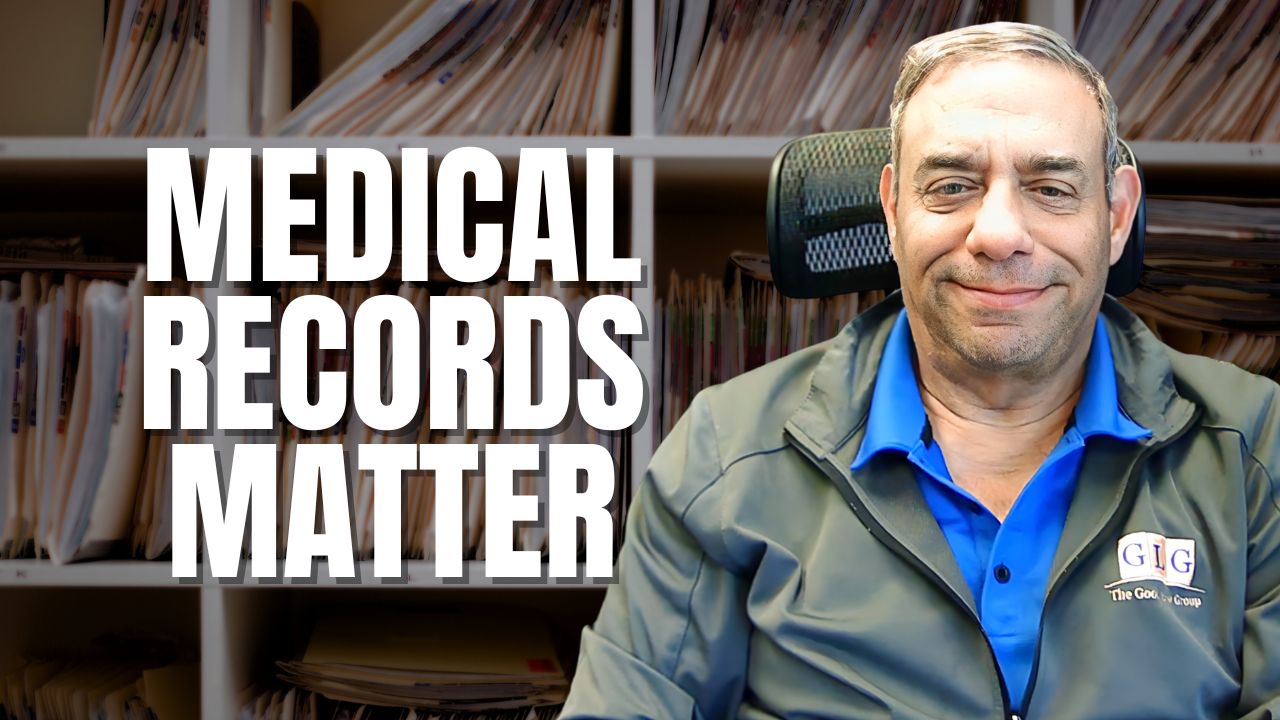Vision is one of our most important senses. The inability to see clearly can interfere with our ability to move around or perform work-related fine motor tasks safely, if at all. That is why individuals who are statutorily blind or have profound vision loss may qualify for social security disability (SSD) benefits.
The Social Security Administration Blue Book, which includes more than 100 disabling medical conditions, has an entire section devoted to eye disorders. Section 2.00 of the Blue Book defines visual disorders as “abnormalities of the eye, the optic nerve, the optic tracts, or the brain that may cause a loss of visual acuity or visual fields.” Visual acuity refers to the clarity or sharpness of vision, with a visual acuity of 20/20 considered perfect vision. Visual field refers to peripheral vision.
To qualify for disability benefits due to an eye disorder you must be able to show that the condition is expected to last 12 or more months. For example, you may experience a temporary loss of vision following a brain injury sustained in an accident or have poor vision while awaiting cataracts surgery. In these cases, you would not qualify for disability benefits, even if you were unable to work while waiting for the issue to be resolved, because the vision loss or blindness is not expected to last more than the required 12 months.
Here are common eye problems that may qualify for disability benefits.
-
Cataracts
Cataracts occur when proteins in the eye’s lens break down, leading to cloudy vision. This is usually a slow process, and most optometrists test for cataracts at annual exams so they can can catch and treat it early. If cataracts begin to interfere with the ability to perform daily activities, the damaged lens can be replaced with an artificial one.
-
Diabetic retinopathy
A complication of type 1 or type 2 diabetes, diabetic retinopathy is caused by damage to the blood vessels in the back of the eye. Some people who develop retinopathy may experience no or very mild symptoms, while in others it can progress to partial loss of sight or blindness.
-
Eye cancer
Two forms of eye cancer can cause loss of vision or blindness – intraocular and orbital cancers.
Intraocular cancer is cancer that starts in the eye itself and can be caused melanoma or non-Hodgkin’s lymphoma. Orbital cancer is cancer in the muscle or nerves surrounding the eye. Cancers that start elsewhere in the body can also metastasize to the eye.
-
Glaucoma
The optic nerve connects the eye to the brain. Glaucoma is the result of damage to that nerve and can lead to loss or deterioration of peripheral vision and/or blindness. There is no cure for glaucoma, but prescription eye drops, medications, and surgery can help alleviate the condition.
-
Hemianopia
Hemianopia results in loss of sight to half the eye’s field of vision. There are two types of hemianopia, homonymous and heteronymous, with several additional subtypes.
Hemianopia is the result of damage to the optic nerve or the brain and can be caused by stroke, traumatic brain injury, infection, or seizures. The eye itself is not damaged in people with hemianopia.
The right and left sides of the brain process vision on the opposite sides of each eye. So, the right side of the brain controls vision out of the left side of each eye, while the left side of the brain processes vision from the right side of each eye. A person with homonymous hemianopia due to a right-side brain injury, then, would be unable to see out of the left side of each eye. (This pictorial representation shows what a person with homonymous hemianopia would see). Heteronymous hemianopia causes loss of vision in either the outer or inner half of each eye.
-
Macular degeneration
Macular degeneration occurs when the central retina in the eye, or macula, deteriorates, affecting the central field of vision. There are two types of macular degeneration – dry and wet.
Dry macular degeneration is the most common form and affects 80% of people diagnosed with the condition. As people age, the macula thins, allowing small clumps of protein to form. As the clumps grow it affects central vision.
Wet macular degeneration happens when new blood vessels that grow beneath the retina leak blood or other fluids. This leakage scars the macula and leads to loss of central vision. Vision loss happens faster with wet macular degeneration than it does with dry.
-
Partial sight/low vision
An individual with partial vision means they have partial sight in one or both eyes. Low vision cannot be corrected with glasses, contracts, or other normal treatments. It makes performing everyday tasks, like reading, driving, or even recognizing people difficult. Forms of low vision include loss of central or peripheral vision, night blindness, or having blurry or hazy vision. It can be caused head trauma, glaucoma, macular degeneration, or diabetic retinopathy.
-
Sjogren’s syndrome
An autoimmune disease, Sjogren’s syndrome often occurs along with other autoimmune disorders, such as rheumatoid arthritis and lupus. Sjogren’s syndrome affects the production of tears in the mucous membranes and glands in the eyes, which leads to dry eye. It is more prevalent in people over 40 and more commonly affects women. The condition can cause sensitivity to light, blurred vision, and corneal damage.
-
Statutory or legal blindness
The SSA considers an individual statutorily blind if the vision in their better eye, even when corrected, has a visual acuity of less than 20/200, or peripheral vision less than 20 degrees.
Looking for an attorney to help you apply for disability benefits? Contact The Good Law Group and receive the representation you deserve.









